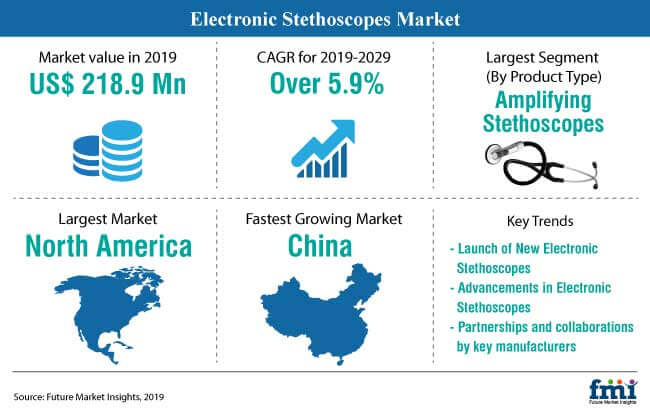The major factor driving the growth of autoimmunity immunoassay market is rising incidence of autoimmune disease. Other factors which are driving the growth of this market are increasing awareness among people regarding, cost-effectiveness and rapidness in detecting autoimmunity. Higher accuracy and government initiate are also driving the growth of autoimmunity immunoassay market.
The immune system of human body acts against foreign materials and help in protecting body. However, sometimes this immune system acts against own tissues or cells as foreign material and results in autoimmunity or autoimmune disease. Autoimmunity is chronic inflammatory condition which can be either organ specific or systemic in nature. According to a report from National Institute of Health autoimmune conditions are one of the top ten cause of death among female children and women of age up to 64 years, and there are at least 80 human conditions which are caused by autoimmune responses. Test which is normally used for diagnosis of autoimmunity is called as immunoassay. Immunoassay is a diagnostic test that uses the reaction of antibody against antigen to diagnose autoimmunity.
Autoimmunity Immunoassay Market: Overview
Autoimmunity immunoassay maker is expected to show significant growth over the forecast period. Immunoassay methods are highly sensitive and rapid in determining the autoimmunity. Reagent product segment is expected to be highest and fastest growing segment due to cost effectiveness and focus of major players on development of reagent immunoassay kits. Enzyme linked immunosorbent assay account for the largest share in the global autoimmunity immunoassay market due to its high accuracy, cost effectiveness and this method has been used for a long time. But Chemiluminescence immunoassay is expected to be fastest growing due to due to ultra-sensitivity of this method and can be used to detect small amount of molecule or autoantibody. Increasing awareness and adoption of this method is also expected to be growth driving factor. Other factors which are expected to drive the growth of autoimmunity immunoassays market are increasing demand of rapid results of test, highly accurate results and increasing drug discovery for autoimmune diseases.
To remain ahead of your competitors, request for a sample – https://www.futuremarketinsights.com/reports/sample/rep-gb-3562
Autoimmunity Immunoassay Market: Region Wise Outlook
Geographically, global autoimmunity immunoassay market can be segmented into North America, Latin America, Eastern Europe, Western Europe, Asia-Pacific excluding Japan, Japan and Middle East & Africa. North America is most attractive autoimmunity immunoassay market due to the better healthcare infrastructure and technological advancements. Followed by which is Europe. Presence of key players in these regions and higher awareness among people regarding autoimmunity is reason for higher revenue generation. Asia-Pacific market is expected to be fastest growing market due to increasing no of diagnostic laboratories, improving healthcare infrastructures and government initiative to spread awareness among people regarding the auto-immune disease. Availability of huge opportunity in this region is also driving the growth.
Autoimmunity Immunoassay Market: Key Players
Some of the market participants in the global autoimmunity immunoassay market are Siemens Healthcare GmbH, Akers Biosciences, Inc., Biomerieux SA, Thermo Fisher Scientific, Enzo Life Sciences, Inc., Eiaab Hong Kong Company Limited, Beckman Coulter, Inc. and Diasorin S.P.A. Focus of these companies are on development of the reagent kits for diagnosis of autoimmunity.
The research report presents a comprehensive assessment of the market and contains thoughtful insights, facts, historical data, and statistically supported and industry-validated market data. It also contains projections using a suitable set of assumptions and methodologies. The research report provides analysis and information according to market segments such as geographies, application, and industry.
The report covers exhaust analysis on:
- Market Segments
- Market Dynamics
- Market Size
- Supply & Demand
- Current Trends/Issues/Challenges
- Competition & Companies involved
- Technology
- Value Chain
Get a Tailored Made Report to Match Your requirements, Ask from Market Research Expert – https://www.futuremarketinsights.com/ask-question/rep-gb-3562
The regional analysis includes:
- North America (U.S., Canada)
- Latin America (Mexico. Brazil)
- Western Europe (Germany, Italy, France, U.K, Spain)
- Eastern Europe (Poland, Russia)
- Asia-Pacific (China, India, ASEAN, Australia & New Zealand)
- Japan
- The Middle East and Africa (GCC Countries, S. Africa, Northern Africa)
The report is a compilation of first-hand information, qualitative and quantitative assessment by industry analysts, inputs from industry experts and industry participants across the value chain. The report provides in-depth analysis of parent market trends, macro-economic indicators and governing factors along with market attractiveness as per segments. The report also maps the qualitative impact of various market factors on market segments and geographies.
The global autoimmunity immunoassay market can be segmented by Product Type, Technology, End User, and Geography.
On the basis of product type global autoimmunity immunoassay market can be segmented as:
- Analyzers
- Reagents
On the basis of technology global autoimmunity immunoassay market can be segmented as:
- Enzyme Linked Immunosorbent Assay
- Fluorescent Immunoassay
- Chemiluminescence immunoassay
- Radio immunoassay
- Others
On the basis of end users global autoimmunity immunoassay market can be segmented as:
- Hospital
- Diagnostic Laboratories
- Research Institutes
- Biopharmaceutical Companies
- Blood Banks
For in-depth insights, Download a PDF Brochure – https://www.futuremarketinsights.com/reports/brochure/rep-gb-3562
Report Highlights:
- Detailed overview of parent market
- Changing market dynamics in the industry
- In-depth market segmentation
- Historical, current and projected market size in terms of volume and value
- Recent industry trends and developments
- Competitive landscape
- Strategies of key players and products offered
- Potential and niche segments, geographical regions exhibiting promising growth
- A neutral perspective on market performance
- Must-have information for market players to sustain and enhance their market footprint.
